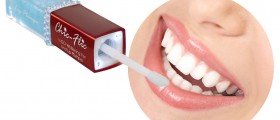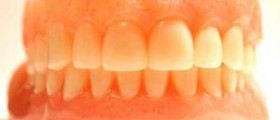
Introduction to teeth whitening
Many people strive to have perfectly white teeth these days and because of this, many methods for whitening the teeth have become very popular.
When a person has a white smile they are a lot more comfortable and self-confident when talking to people, which also makes them feel better about their appearance generally.
However, it should be noted that there are some side effects that come with various methods of teeth whitening. One of the main ones is that the teeth become much more sensitive to heat and cold than before.
One of the most popular ways to whiten the teeth today is by using whitening strips.
These strips are made of very thin pieces of plastic that are impregnated with a whitening agent. When applied properly they will usually perfectly adhere to the teeth.
There is also a tray system that can be used in which a plastic tray is used to hold the teeth whitening agent next to the teeth.
If you are not into either, there are also gels that can be used.
Side effects of whitening strips
The main side effect of this procedure, as noted earlier, is that the sensitivity of the teeth increases. This is because the whitening strips that are used usually contain carbomide peroxide or hydrogen peroxide, which are both compounds that can increase thermal sensitivity in teeth.
The best way to reduce the effects and side effects, but to still continue using the strips, is to decrease the amount of time during which the teeth whitening solution is applied to the teeth.
Even though the treatment usually calls for about two hours of application, it will work if you only apply it to the teeth for about an hour.
Also, it does say that this should be done every day, but realistically, the teeth whitening strips will work if they are being used every other day as well.
Another good suggestion is to brush the teeth before and after the teeth whitening procedure. This is because most toothpastes contain a fluoride compound which will help to desensitize the teeth.
A dentist will be able to give or recommend to a patient the best possible fluoride treatment that can be used at home.
There are pastes that are used for whitening that do not contain the bleach that causes the sensitivity. Even though these pastes are fairly effective, they are definitely not as effective as the strips or gels that contain bleach, therefore it should be noted that the teeth will take a longer time to get whiter, but their sensitivity to cold and heat will be lessened as well, which is the positive side of the equation.

















Your thoughts on this
Loading...